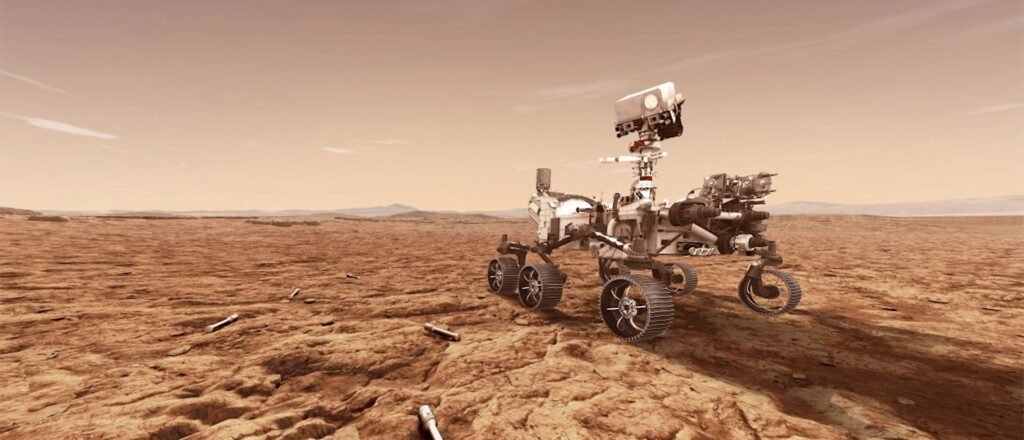A new study suggests that Mars may have large reserves of water buried beneath its surface, reports the Associated Press.
The study, led by Vashan Wright of the Scripps Institution of Oceanography at the University of California, San Diego, argues that Mars could contain enough water to form a global ocean. According to The discovery, from data collected by NASA's InSight rover, indicates that there is a large amount of groundwater present in the Martian crust, between 7 and 12 miles deep, according to the Associated Press.
Mars is flooded beneath its surface and subsurface cracks could harbor enough water to form a global ocean, according to a new study. https://t.co/lRduf99rr2
— Associated Press (@AP) August 12, 2024
The presence of this water, which is believed to have migrated from the surface billions of years ago when Mars had rivers, lakes, and possibly oceans, doesn't necessarily mean that life exists on Mars. But Wright suggests that the findings point to a habitable environment, the media reported. To reach this conclusion, Wright and his team used computer models and seismic data from more than 1,300 detected Martian earthquakes, analyzing their speeds to determine that groundwater is the most plausible explanation.
Jezero Crater, Mars – February 18: This handout provided by NASA shows stills from video captured by multiple cameras on the descent stage of NASA's Perseverance rover, which landed in an area known as Jezero Crater on Mars on February 18, 2021. (Photo provided by NASA via Getty Images)
According to the Associated Press, if conditions on Elysium Planitia, where InSight is located, are indicative of conditions across Mars, the subsurface deposits could fill an Earth ocean 1-2 kilometers deep. Although the InSight lander is no longer operational, analysis of data from 2018 to 2022 continues, providing valuable insights into the Martian subsurface. (Related: Video explaining how NASA digitally enhanced Mars images before releasing them to the public)
According to the Associated Press, exploring these water reservoirs and checking for signs of microbial life will require advanced drilling techniques, signaling a new frontier in Mars exploration and the continuing quest to better understand Mars' geological history and potential for life.







